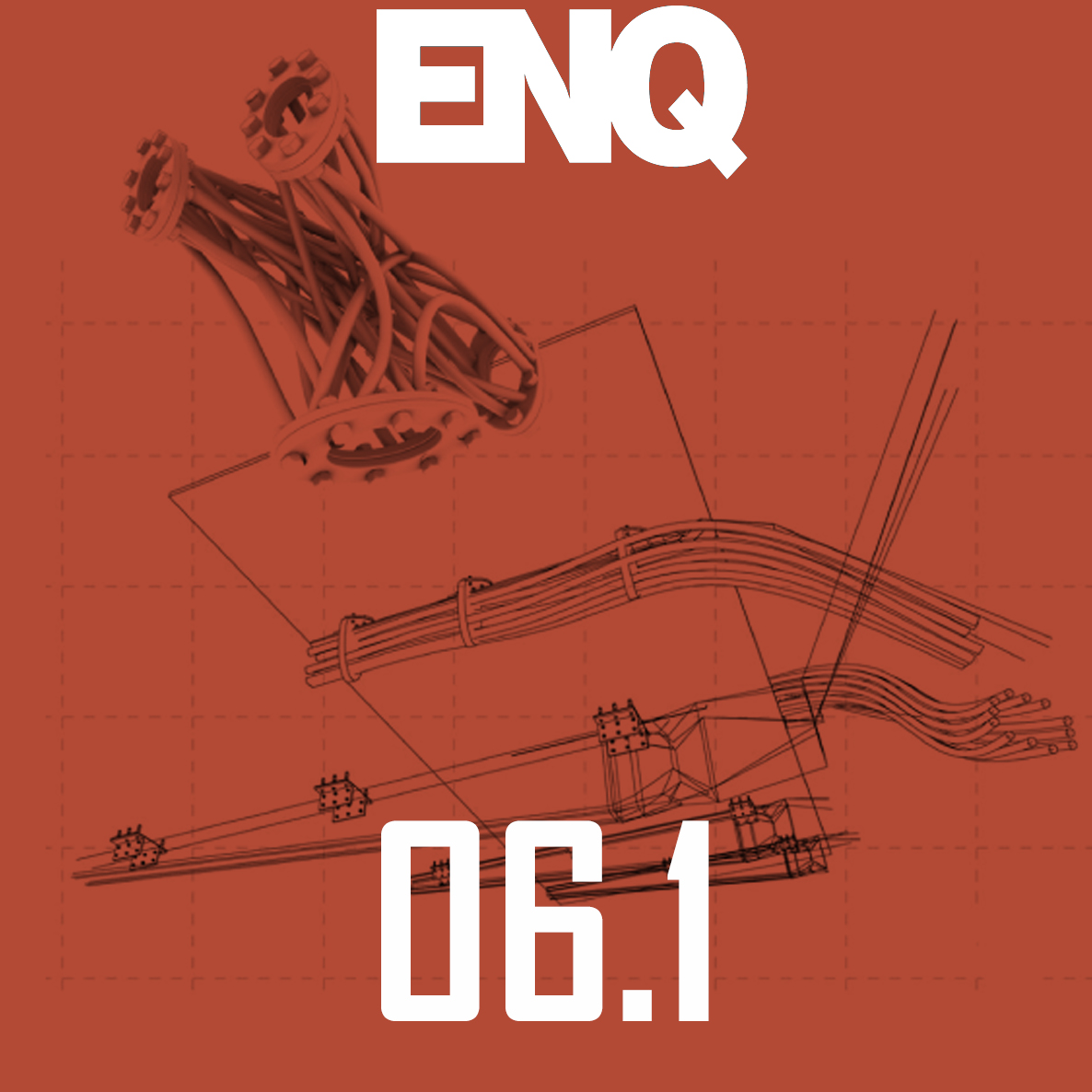The Forces that will Change Architectural Education
Downloads
Rarely do architecture schools use the design skills of our own facultyand students to reshape architectural education itself. While many radical ideas about the world get proposed in design studios, it seems far too radical to suggest that these studios might meet some other time than Monday/Wednesday/Friday afternoon or that there might be a differentcomposition to studio than a dozen or so architecture students taught by one faculty member. The profoundly conservative structure andformat of architectural education stems, in part, from the conservativenature of universities generally, with their societal obligation to preserveknowledge of the past and to counter reckless change.
But, we are in the midst of a transformation in our economy that willrequire an equally dramatic transformation of architectural education . . .
Authors who publish with this journal agree to the following terms:
- Authors retain copyright and grant the journal right of first publication with the work simultaneously licensed under a Creative Commons Attribution License that allows others to share the work with an acknowledgement of the work's authorship and initial publication in this journal which is under a Attribution-NonCommercial-ShareAlike 4.0 International license (CC BY-NC-SA 4.0).
- Authors are able to enter into separate, additional contractual arrangements for the non-exclusive distribution of the journal's published version of the work (e.g., post it to an institutional repository or publish it in a book), with an acknowledgement of its initial publication in this journal.
- Authors are permitted and encouraged to post their work online (e.g., in institutional repositories or on their website) prior to and during the submission process, as it can lead to productive exchanges, as well as earlier and greater citation of published work (See The Effect of Open Access).

















